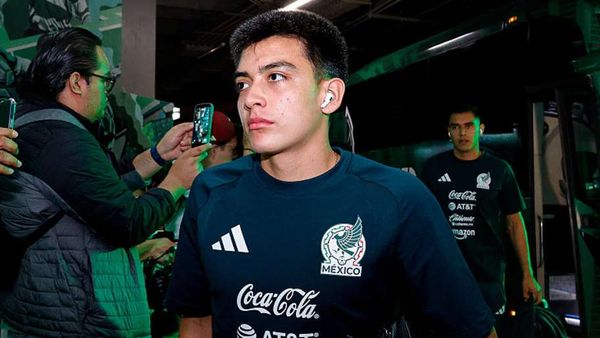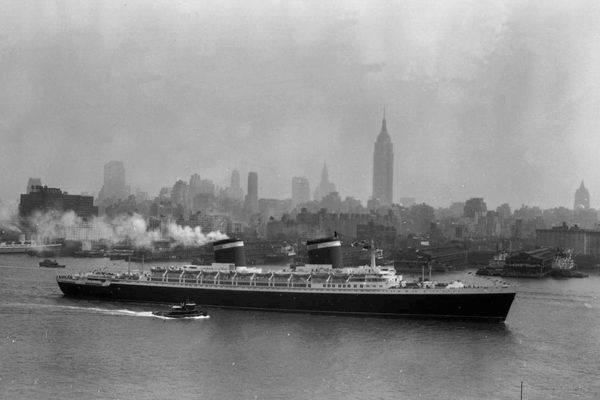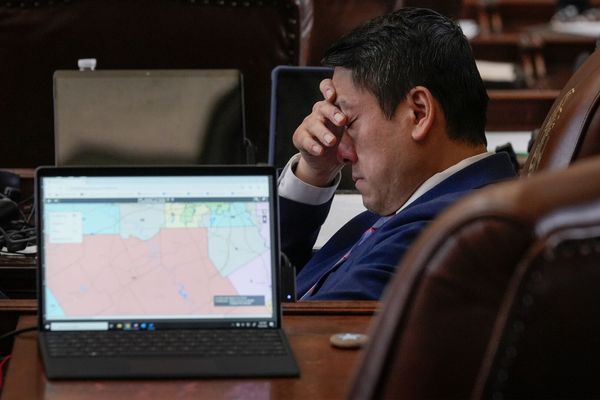
Second Chechen war 1999-2000
In September 1999, a month after Putin became PM, bomb explosions at apartment buildings in Moscow and two other cities killed over 300 people. Putin blamed Chechen separatists (who denied it). He ordered the air bombing of Grozny – the start of the second Chechen war. Alexander Litvinenko, the ex-FSB agent murdered in London in 2006, claimed the FSB planted the city bombs, with Putin’s connivance, to help bring him the presidency. That was motive enough for his poisoning. The war left up to 50,000 dead or missing, mostly civilians.
Invasion of Georgia 2008

As in the Donbas today, separatist forces in the breakaway Georgian regions of South Ossetia and Abkhazia fought government forces in August 2008. When Georgia’s president, Mikheil Saakashvili, sent troops to restore order, Putin deployed Russian forces to support the separatists (which they had already been doing). A full-scale Russian invasion of undisputed Georgian territory ensued in what Putin called a “peace enforcement” operation.
Invasion of Ukraine 2014

Again acting on the pretext of defending persecuted ethnic Russians, forces under Putin’s direction helped seize control of parts of Luhansk and Donetsk oblasts in eastern Ukraine (part of the Donbas region) in 2014. The two separatist entities declared their independence this month. Putin also annexed Crimea. An estimated 14,000 people have died in fighting leading up to the current conflict.
Syria 2015 – present

Barack Obama’s failure to intervene in Syria’s civil war after a chemical attack in Ghouta in 2013, which had breached the US president’s “red line”, left an opening for Putin. Intent on exploiting American weakness, bolstering his ally, Syria’s president, Bashar åal-Assad, and strengthening Russia’s strategic position in the Middle East, Putin deployed planes and special forces to Syria in 2015. They are still there. Russia now has a permanent naval base on the Mediterranean, at Tartus.
Kazakhstan 2022

In what now looks like a dress rehearsal for the Ukraine invasion, Putin sent troops to Kazakhstan, another former Soviet republic, in January. But rather than topple the incumbent regime, their mission was to help the country’s rulers suppress pro-democracy protests sparked by economic hardship and corruption. In familiar style, Putin again described the troops as “peacekeepers”. By his standards, the operation was relatively bloodless.







